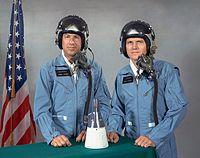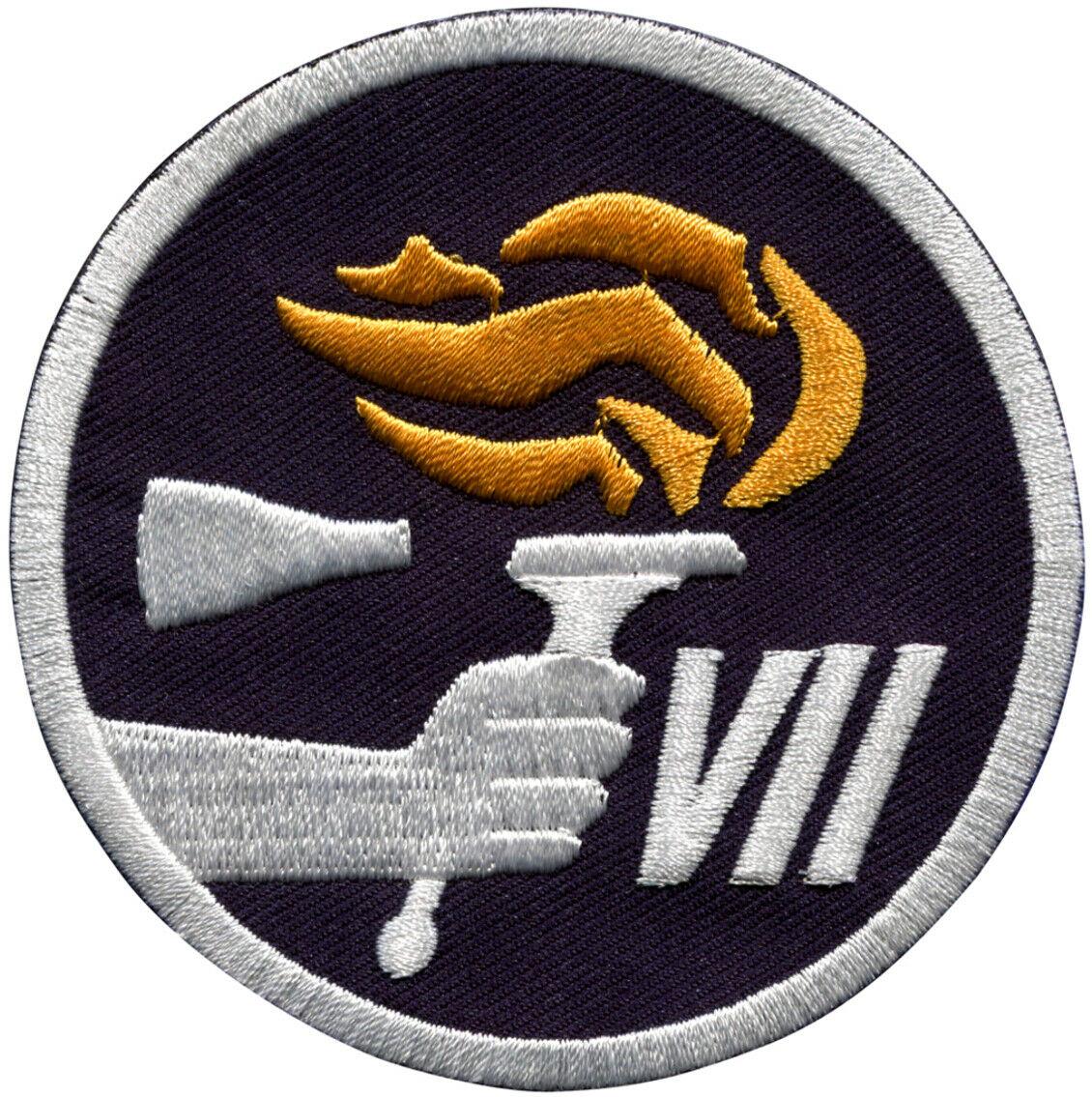Frank J. Borman II
(First Flight)
Pilot
James A. Lovell
(First Space Flight)
Backup Crew:
Command Pilot: Edward H. White II
Pilot: Michael Collins
Support Crew:
Command Pilot: Alan L. Bean (Cape CAPCOM)
Pilot: Elliot M. See Jr. (Houston CAPCOM)
Eugene A. Ceman (Houston CAPCOM)
Charles A. Bassett II (Houston CAPCOM)
Gemini 7 (officially Gemini VII) was a 1965 manned spaceflight in NASA's Gemini Programme. It was the 4th manned Gemini flight, the 12th manned American flight and the 20th spaceflight of all time (includes X-15 flights over 100 kilometers (330,000 ft)). The crew of Frank F. Borman, II and James A. Lovell, Jr spent nearly 14 days in space making a total of 206 orbits, and were joined on orbit by the Gemini-6A flight which performed the first rendezvous maneuver of manned spacecraft
Astronauts:
Study
Research
Main Index
Space Cosmology
Science Research
*
About
Science Research
Science Theories
Desk
Site Map
BookShelf
Copyright © by Nigel G Wilcox · All Rights reserved · E-Mail: ngwilcox100@gmail.com
Designed by Nigel G Wilcox
Powered By AM3L1A
Pages within this section: Gemini Manned Space Flights
Gemini 7
Pages within this section:
1
M
8
SM
Sub-Menu
menu
2
3
4
5
6
7
8
9
Gemini 7
Command Pilot:
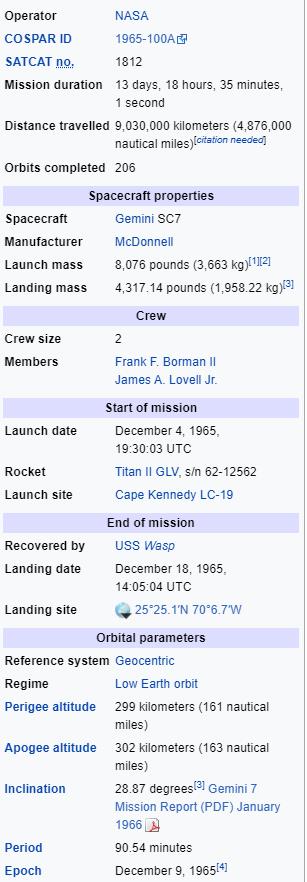
Gemini 7 was originally intended to fly after Gemini 6, but the original Gemini 6 mission was cancelled after the failure during launch of the Agena Target Vehicle with which it was meant to rendezvous and dock. The objective of rendezvous was so important, that it was decided to fly the alternate Gemini 6A mission concurrently with Gemini 7, using the latter as the rendezvous target.
The original mission of Gemini 7 changed little with these new plans. It was always planned to be a long duration flight, investigating the effects of fourteen days in space on the human body. This doubled the length of time that anyone had been in space and stood as the longest spaceflight duration record for five years.
This 14-day mission required NASA to solve some of the problems of long-duration space flight, such as stowage of waste (the crew had practiced stuffing waste paper behind their seats before the flight). Timing their workday to match that of the prime shift ground crews, both men worked and slept at the same time. Gemini 7 conducted twenty experiments, the most of any Gemini mission, including studies of nutrition in space. The astronauts also evaluated a lightweight spacesuit, the G5C, which proved uncomfortable when worn for a long time in the Gemini spacecraft's hot, cramped quarters. The high point of the mission came on the eleventh day with the rendezvous with Gemini 6A.
Both astronauts, heeding the advice of Pete Conrad who had flown for eight days on Gemini 5, took books along to read. Gemini 7 held the record for the longest space flight until Soyuz 9 in June 1970, and was the longest crewed space flight in U.S. history until the Skylab 2 mission of May and June 1973.
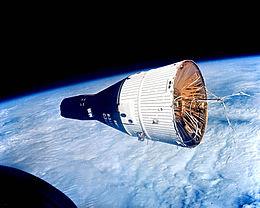
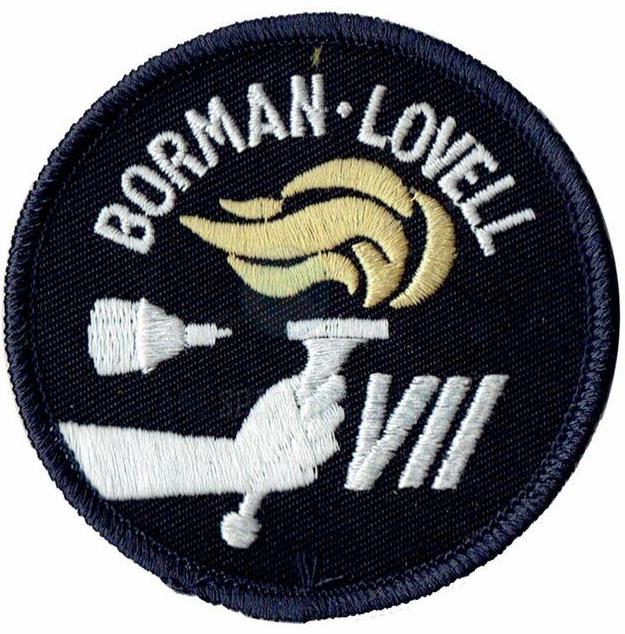
Gemini Manned Missions



